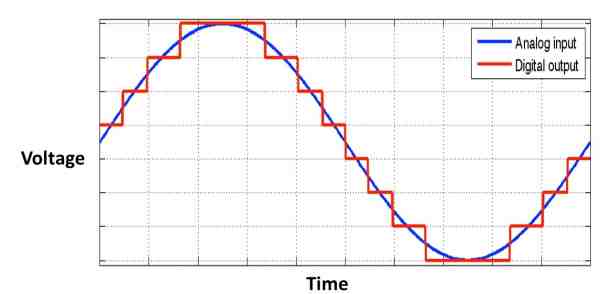In this video, I compare and contrast a variety of HBA (host bus adapter) SAS controllers with IT mode firmware.
Technology
Adam Savage’s Spot Robot Rickshaw Carriage!
Adam’s first project with Boston Dynamics’ Spot robot gives it a novel purpose: pulling a custom-built carriage with Adam as its passenger! Watch Adam give Spot some Victorian flair and the interesting problems that arise in marrying cutting-edge robot technology with vintage transport.
Resys is an LED drawer system that makes it easy to find your resistors
You’ve got your design ready to go, you know you have the right components… but where exactly did you place that particular resistor? With the Resys drawer system by Lynlimer, you no longer have to wonder — just type in the needed value and the proper drawer lights up automatically.
The device is based on an Arduino Nano, with an LCD display for text output and a numeric keypad for value entry. The proper drawers are lit via WS2812B addressable LEDs, held in 3D-printed holders.
It’s a clever project that could be expanded to well beyond the 16 drawers now used. Code, STLs, and circuit diagrams are available in Lynlimer’s write-up if you want to make your own!
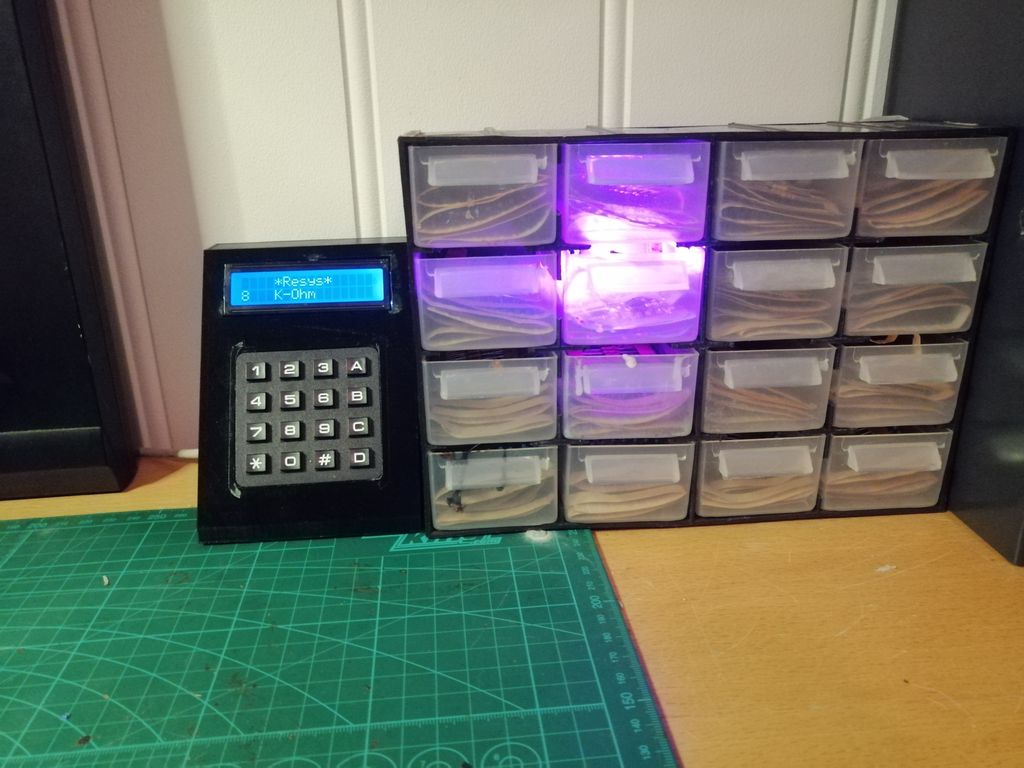
EEVblog #1288 – Synology NAS Dumpster Find! (REPAIR)
This is a brand new Synology DS415+ NAS in the dumpster too good to be true? A tale of teardowns, repair, Intel Atom processor silicon degradation, and dodgy clocks.
Sapphire Announces Two 4×4 AMD Ryzen Embedded Motherboards
Sapphire has introduced two new miniature motherboards based on AMD’s Ryzen Embedded V1000/R1000 APUs. The new platforms are designed for the most compact highly-integrated machines for industrial and commercial applications.
Sapphire’s NP-FP5 and BP-FP5 compact motherboards feature a 4×4-inch footprint and are based on AMD’s Ryzen Embedded V1000 or R1000 APUs, which offer up to four Zen cores, an integrated Radeon Vega GPU, and a TDP of up to 25 W. The actively cooled systems support up to 32 GB of DDR4-2400 memory using two SO-DIMMs, feature one M.2 slot for an SSD with a PCIe 3.0 x4 or SATA interface, and one M.2-2230 slot for a Wi-Fi module.
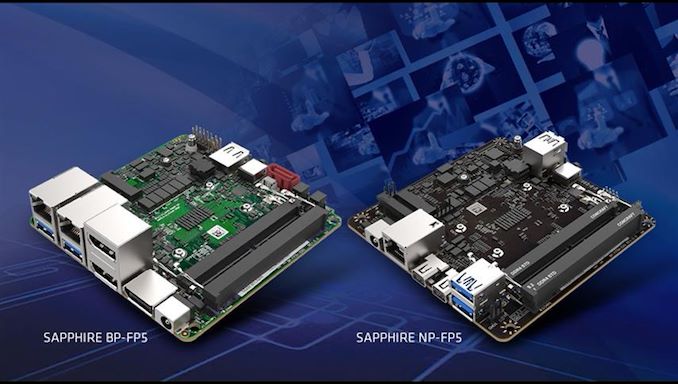
Celebrate 15 years of Arduino, with a 15 second video!
How has Arduino inspired you over the last 15 years? Tell them in a short video for a chance to win a limited edition t-shirt and to be featured in their birthday montage!
? Send yours to: arduinoday2020@arduino.cc
?️ Deadline is March 6th
❗ Clips must be landscape, <15 MB, 5-15 seconds long, and have no background music
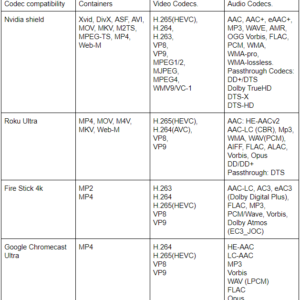
RaspberryPi 4 Model B 2GB SBC Gets a Permanent Price Cut to $35, Effectively Retiring the 1GB
Dropping from $45 to $35, the 2GB model is now the logical entry-point into the Raspberry Pi 4 family.
Falling memory prices have brought an early birthday treat for fans of the Raspberry Pi family of single-board computers: The Raspberry Pi 4 Model B 2GB variant has now dropped to $35, the original price of the 1GB.
At launch the Raspberry Pi 4 family was available in three varieties, differentiated only by the capacity of the on-board LPDDR4 RAM: an entry-level 1GB, a mid-range 2GB, and a top-end 4GB. While it’s been available for less than a year, though, falling memory prices have resulted in a rethink that has seen the 2GB model’s price slashed to match that of the 1GB — making it the new entry point into the family.
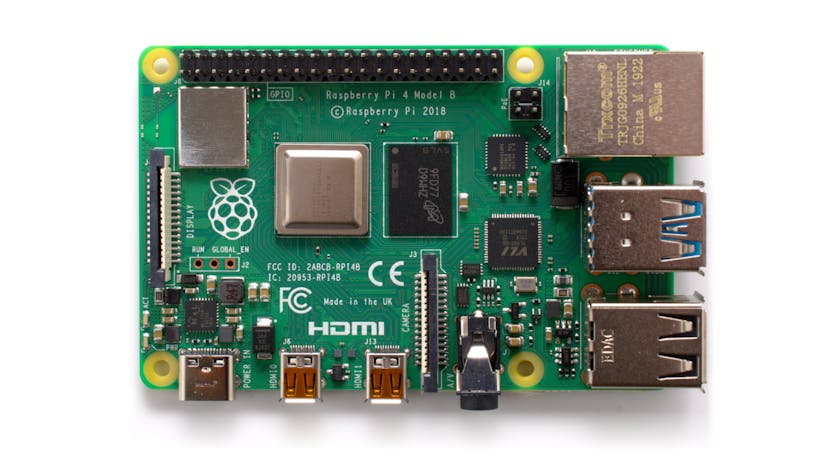
An Arduino based #coronavirus detector based on infrared temperature sensor.
This detector has the following functions:
Digital infrared temperature sensor above the mask can detect the body temperature in real time and show the temperature to others.
The detector on the other side is used to detect the temperature of the person I have contacted.
If the other person’s temperature is normal, the RGB LED ring in the left eye part is green.
If the other person ’s temperature exceeds 38 degrees Celsius, the RGB LED ring is red and accompanied by an alert, indicating that he is a potential carrier, so I will advise him to go to the hospital for treatment.

**crackedconsole does not endorse this nor can we assure this will protect you from infection.
Intro to Analog to Digital Converters
Like digital to analog converters or DACs, the analog to digital converter or ADC is everywhere.
A while back, I published an article on DACs titled Digital to Analog Converters – An Introductory Tutorial. I strongly advise you check it out before reading this article if you haven’t already.
There are a few reasons for this. First, some analog to digital converters use DACs as part of their makeup. Second, a lot of the specs that apply to DACs also apply to analog to digital converters. Finally, ADCs are more complicated, but a good understanding of DACs can help you better understand how ADCs work.
